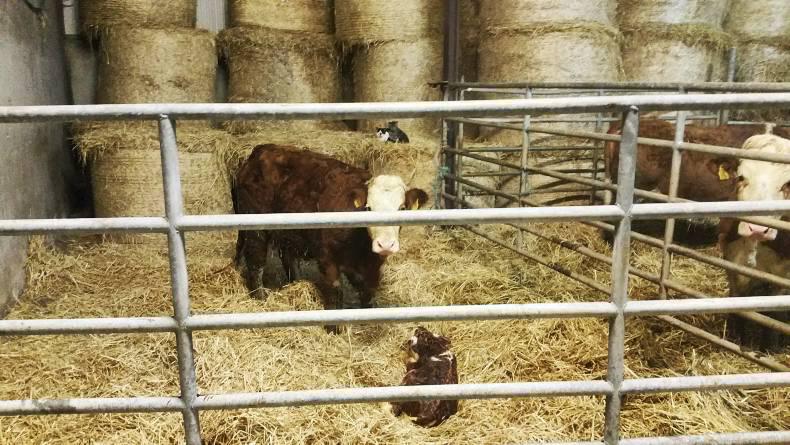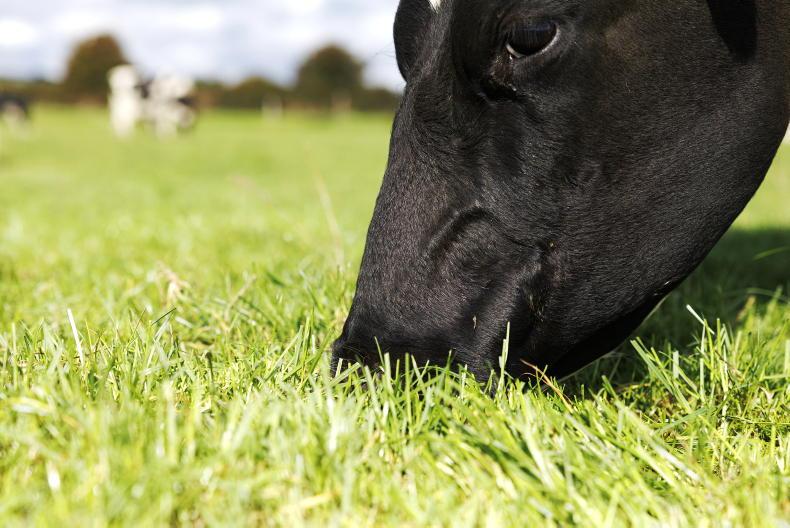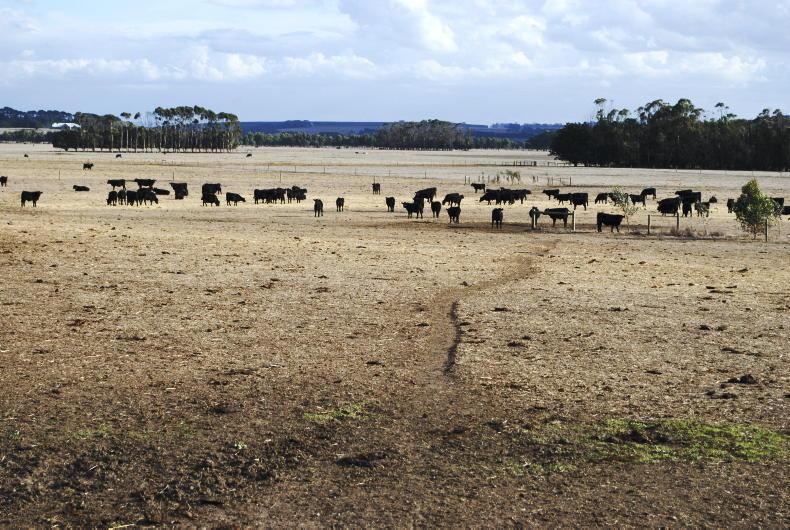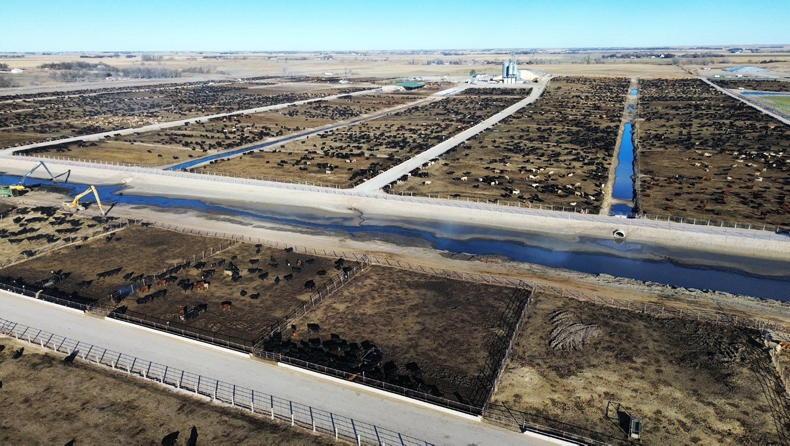This week should see the majority of the mature cows begin to calve. Following the loss of a bull during the first days of the breeding season, these cows were artificially inseminated.
The first few have calved and I’m not impressed. These calves are much bigger than I’d like, a minimum of 13kg heavier than the next heaviest calf and the calvings are harder on cows, but more on that another time. The delay in calving may be timely given the wet spring.
It was decided at the first discussion group meeting in January to have extra grass walk meetings from February to April. I volunteered to host some, so a grass walk was held on the home block where the cows are wintered. This week saw the follow-up on the first Wednesday in March to see what percentage of the block I could graze. I ended up managing to graze 20% but it wasn’t straightforward.
The weather forecast was consulted numerous times and strip wires used to back-fence and guide cows to sheltered areas. Pressure is being relieved on the housing side with 11 cows and calves out full-time with the remaining calved cows all going to grass by day. The cows out full-time are on the driest ground. The downside to this is that these paddocks are the most exposed to the elements, which isn’t great from a calf perspective. Within a few hundred metres of the Atlantic, calves have adequate protection in the form of access to ditches that shelter them from wherever the wind of the day is coming from.
Ground conditions are far from ideal but most cows are only out for a two-hour graze. The incentive of having a calf to return to is a big plus and it is great training for heifers. Some young stock are out by day also. They are fed a little meal in the evening which gets them in. The second rotation on the home blocks will be well under way before the first will start on rented ground. It’s saturated.
Three weeks after the last Teagasc early spring-grazing dairy walks took place in Donegal and Kerry, it holds an early grazing beef grass walk.
Same organisation, same species eating the same feed, yet a different mindset. Why? It would be easy to throw a dig at Teagasc but perhaps the reason is the clientele and their circumstances; predominantly part-time and on generally poorer land types. It might also be down to a genuine lack of interest in grass from a large sector of beef farmers. Growing it is the easy bit, but utilisation is much trickier. Walks like that can be more effective in showing what can be done. I don’t have a silver-bullet solution because things aren’t as clear-cut in beef where there are upwards of 18 different systems in comparison with dairy, which has, in general, spring or winter milk production. Surely grass has a greater part to play in the Irish beef herd, especially given the grass marketing we often hear about.
I find those almost romantic grass-fed notions difficult to take seriously when processors are in possession of their own feedlots.










SHARING OPTIONS